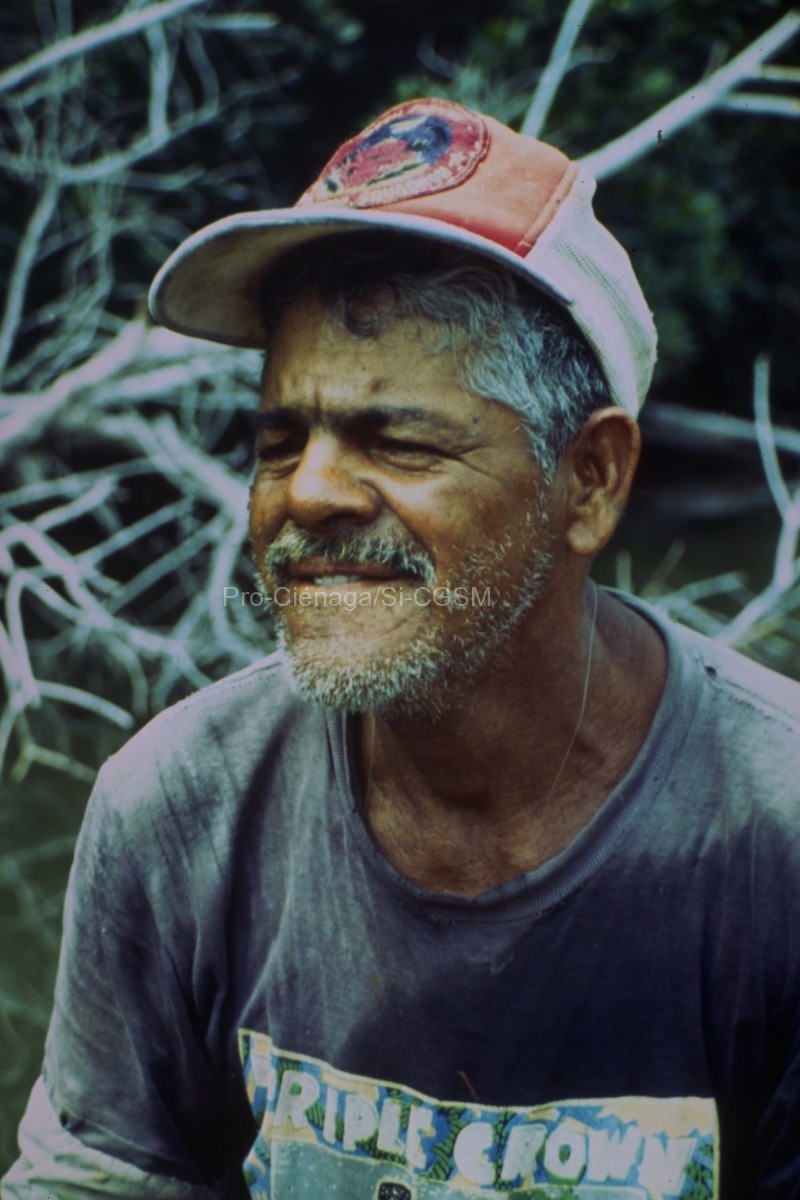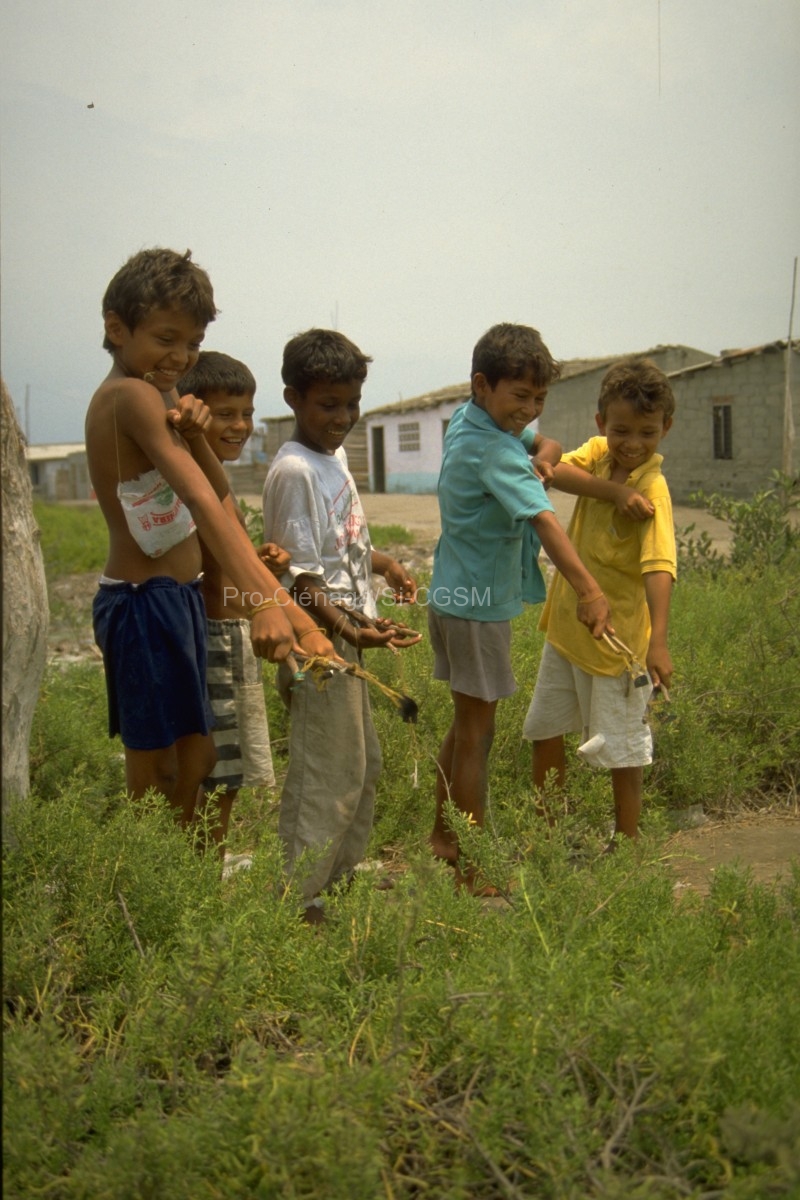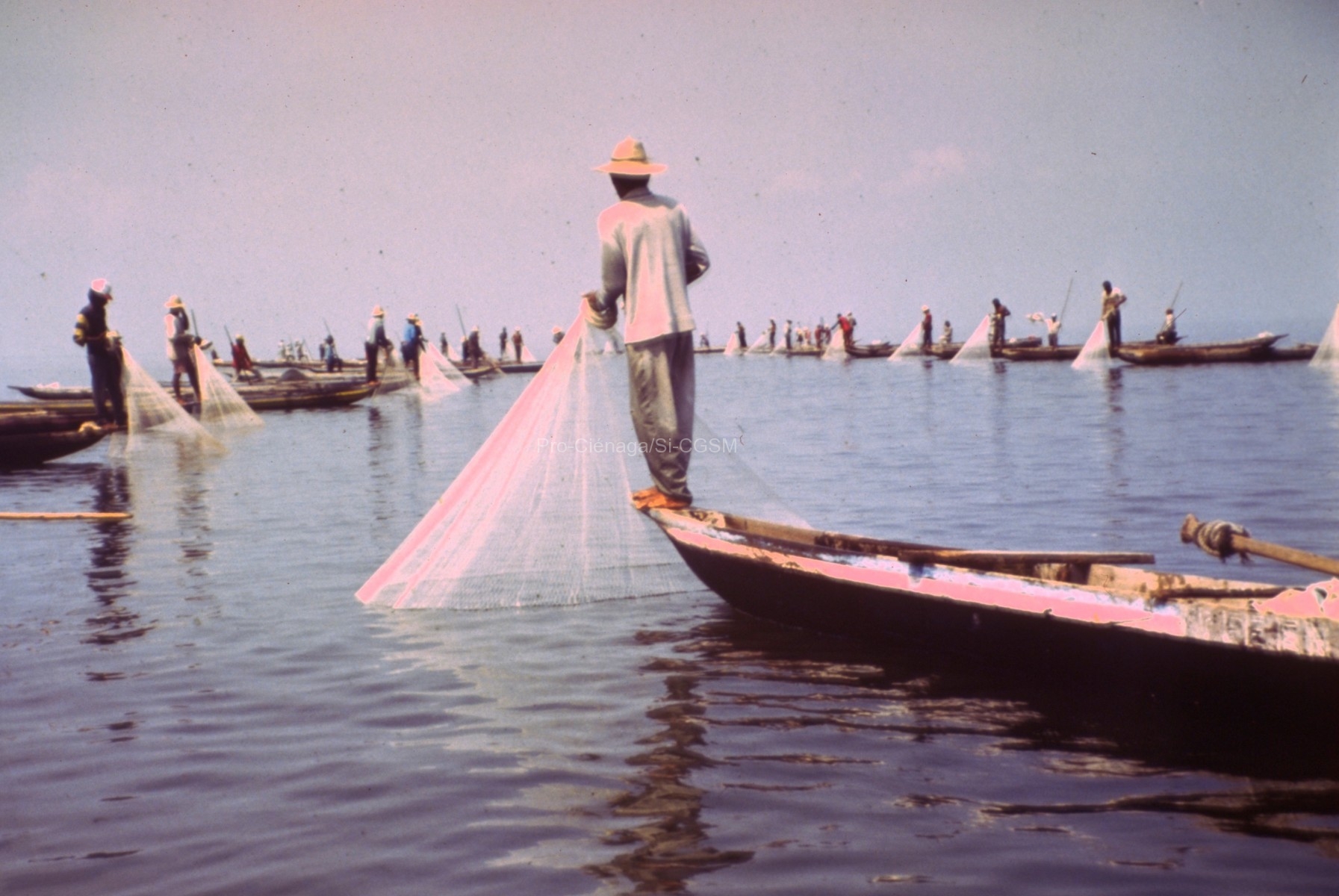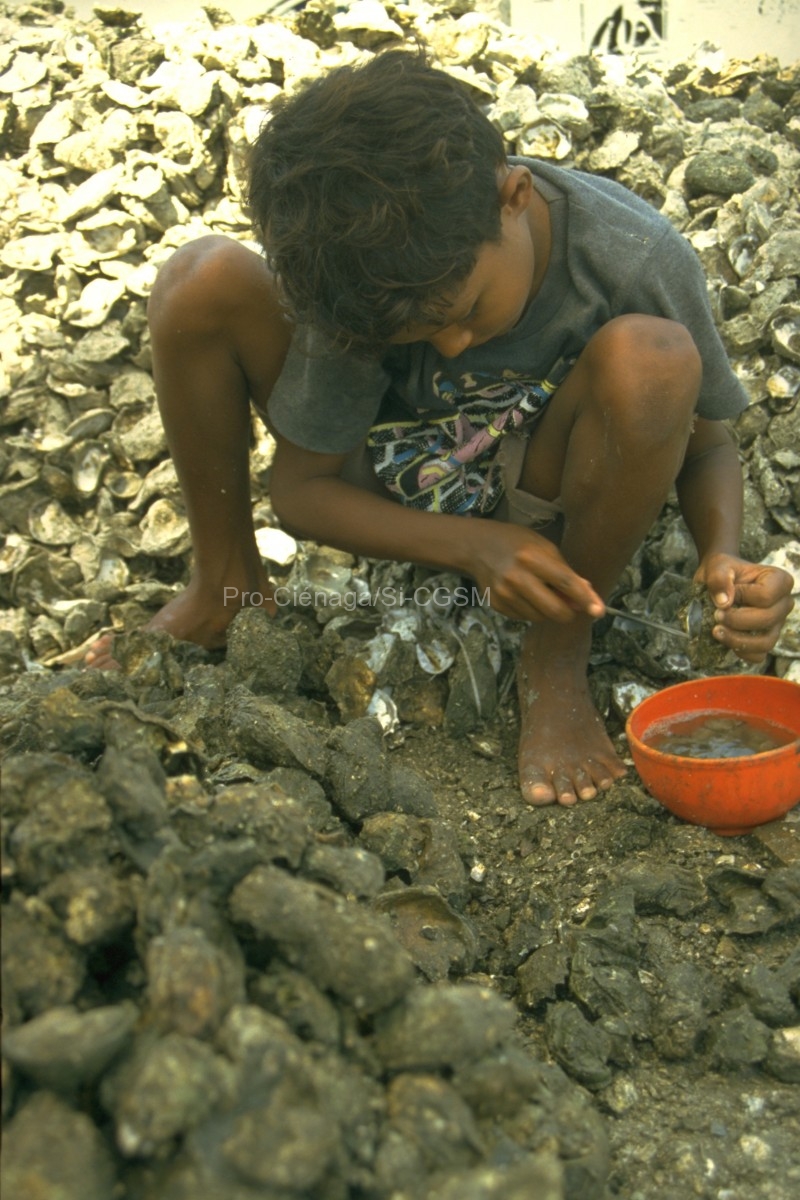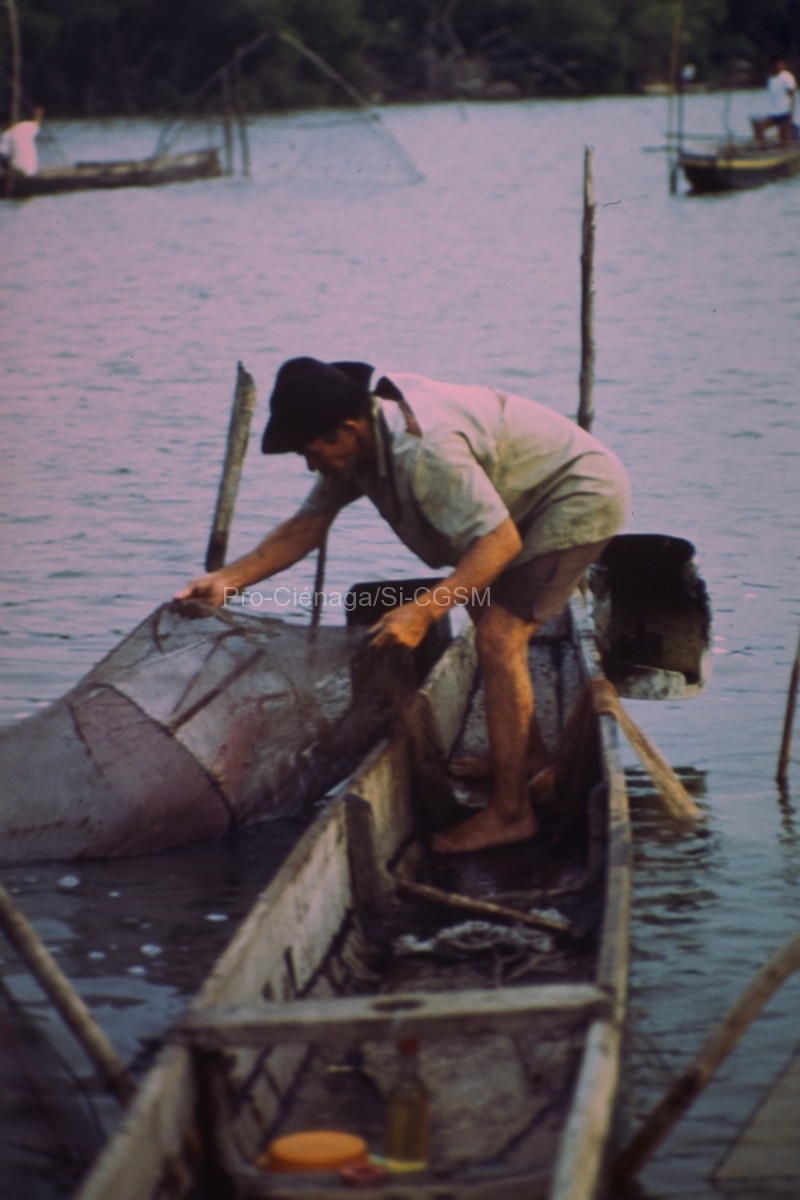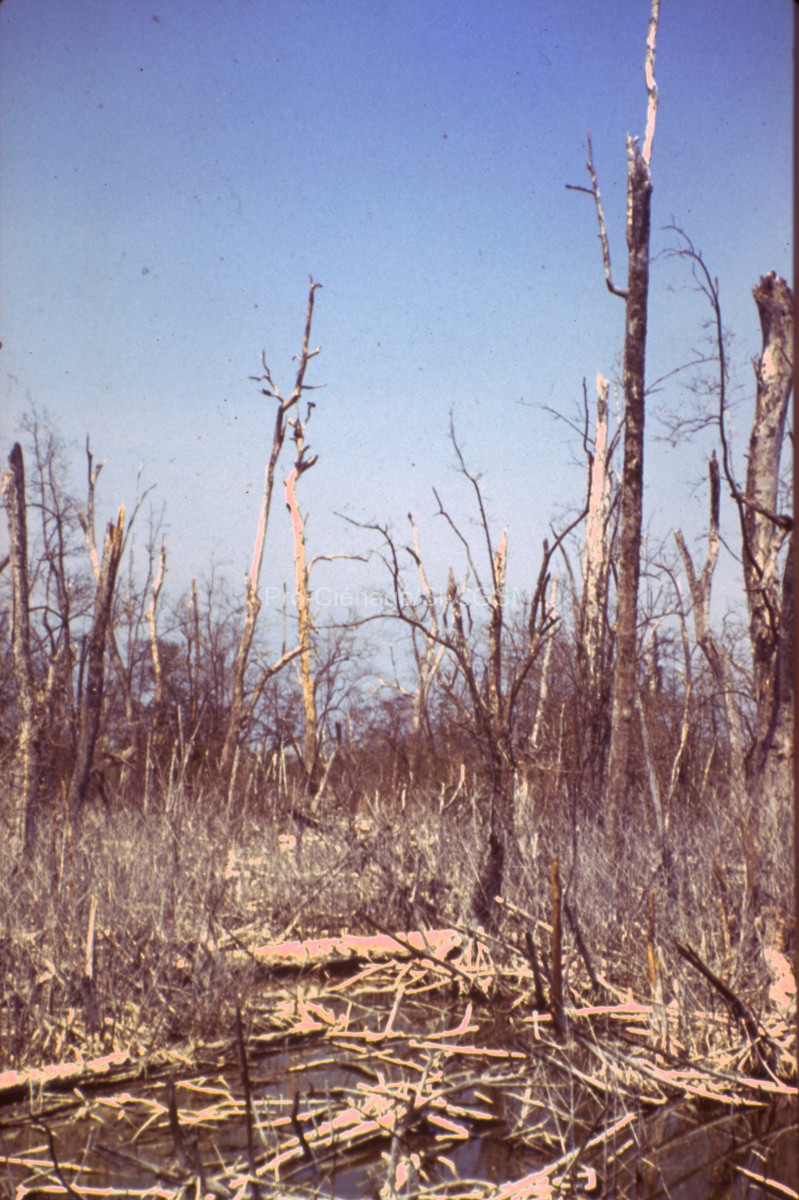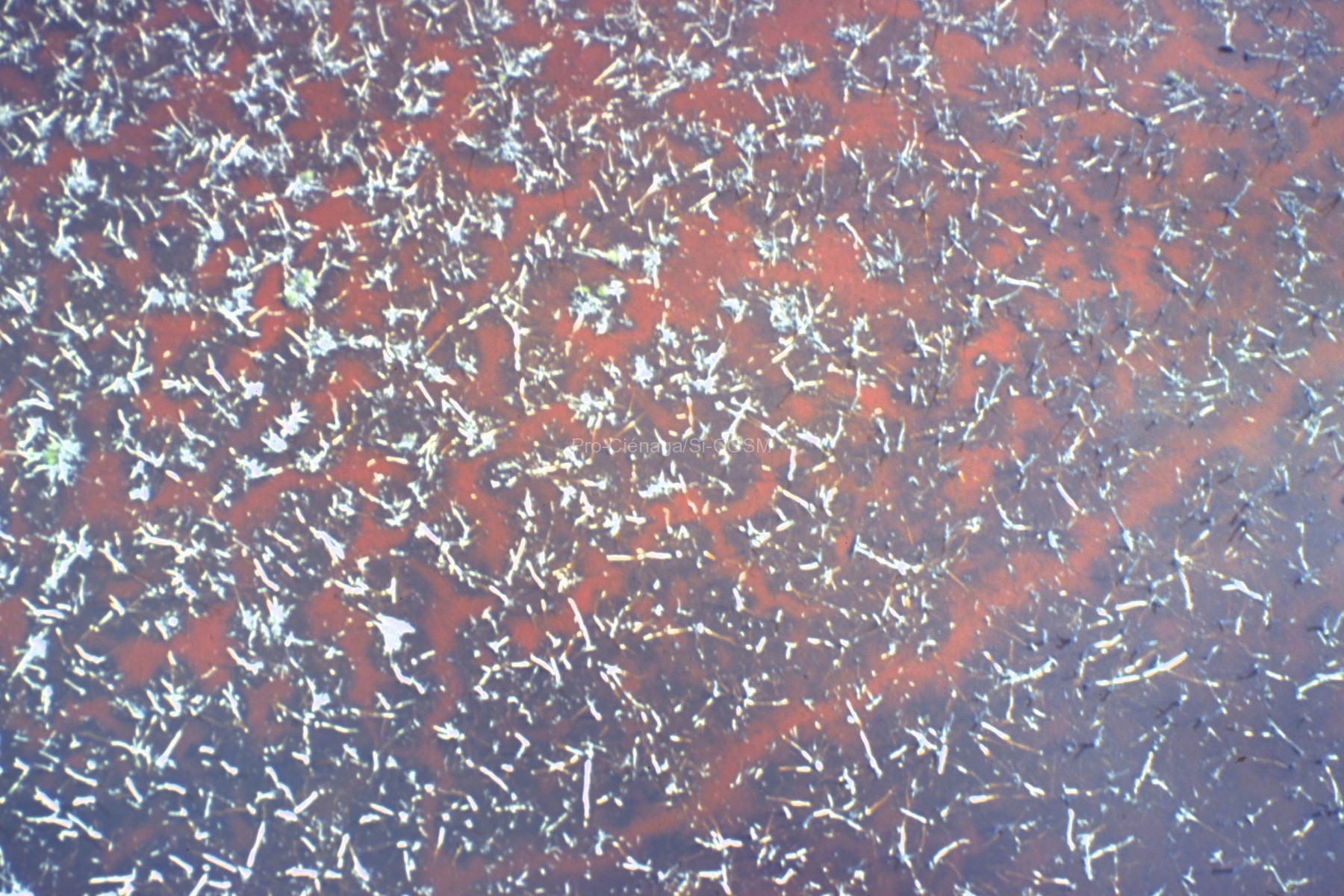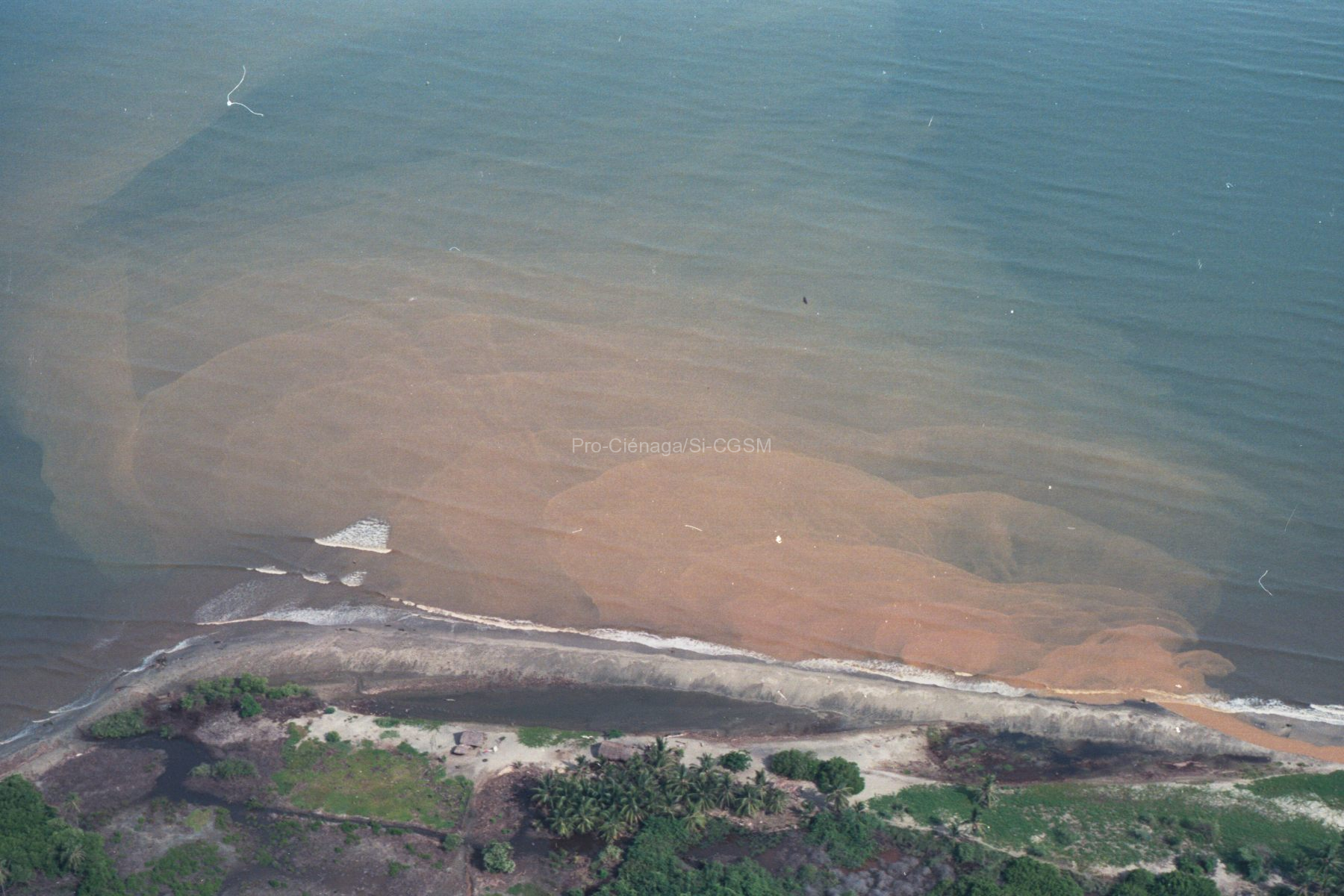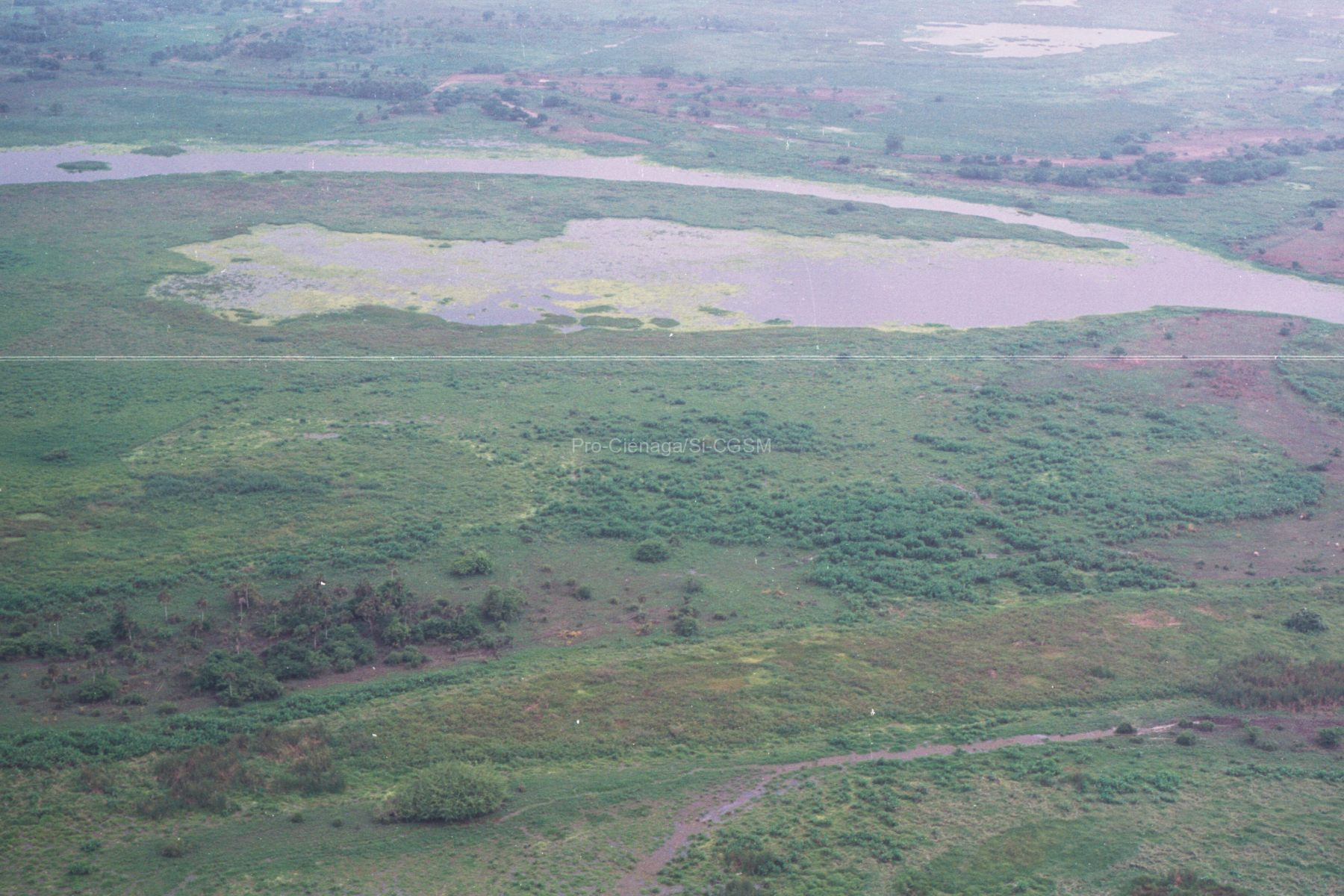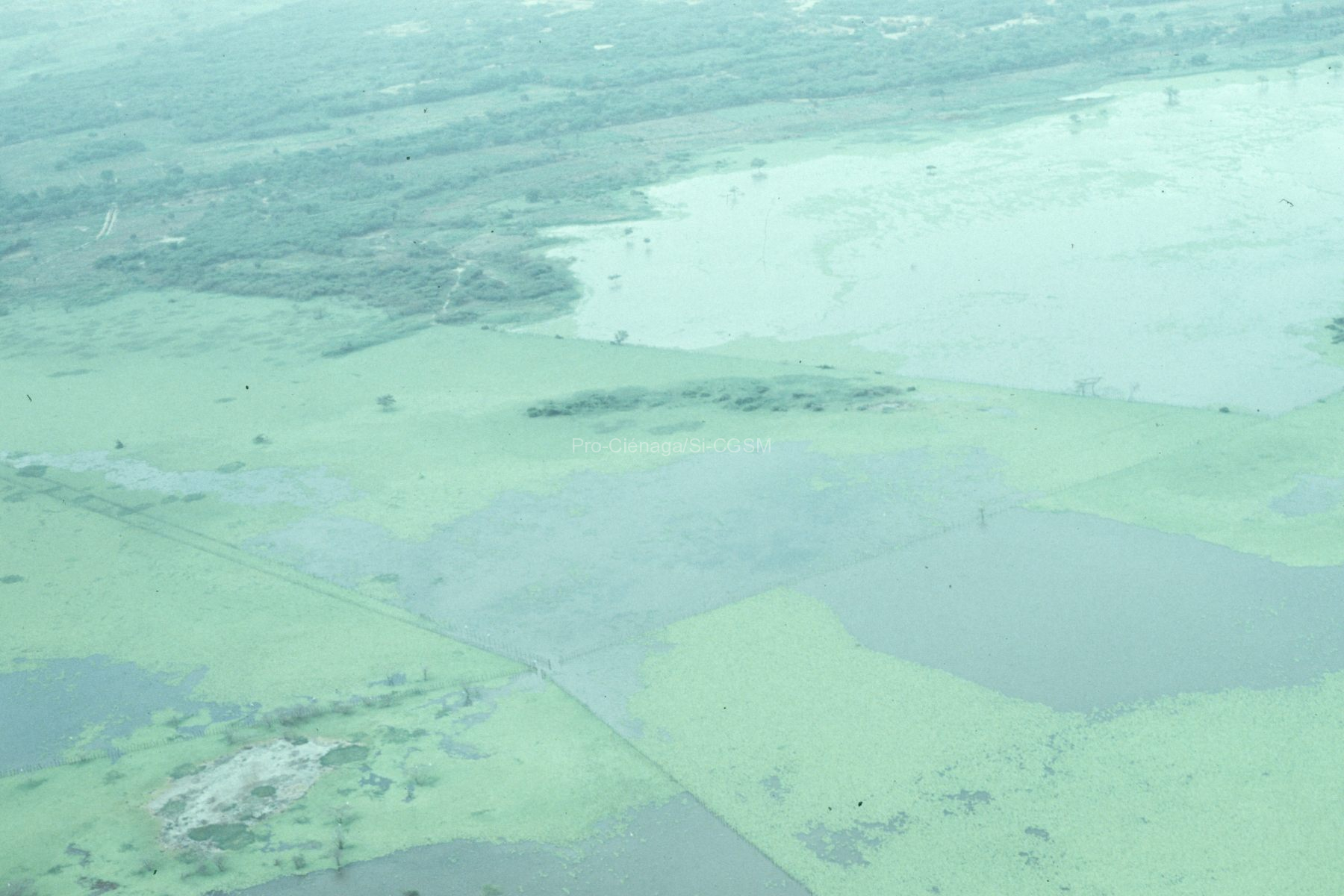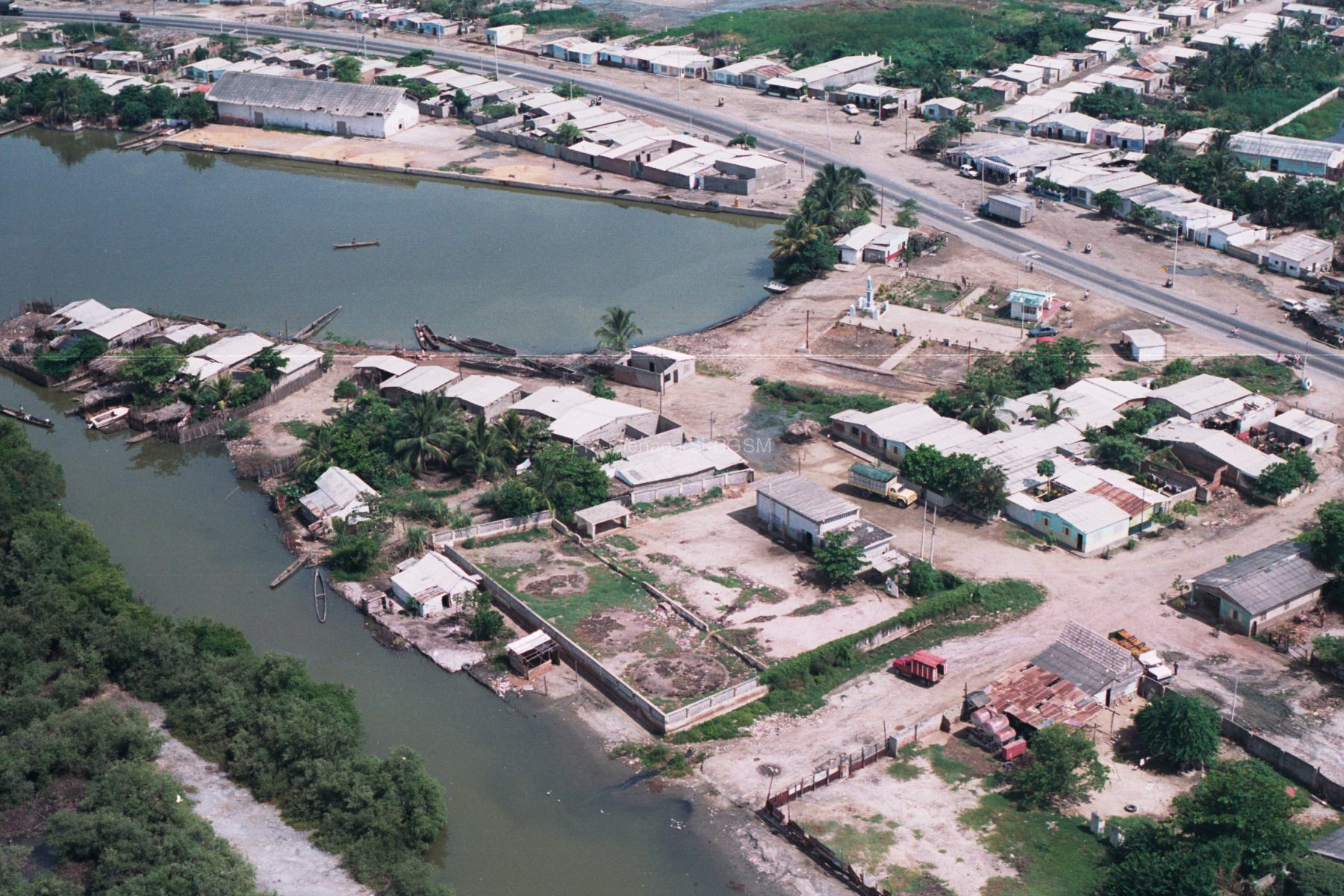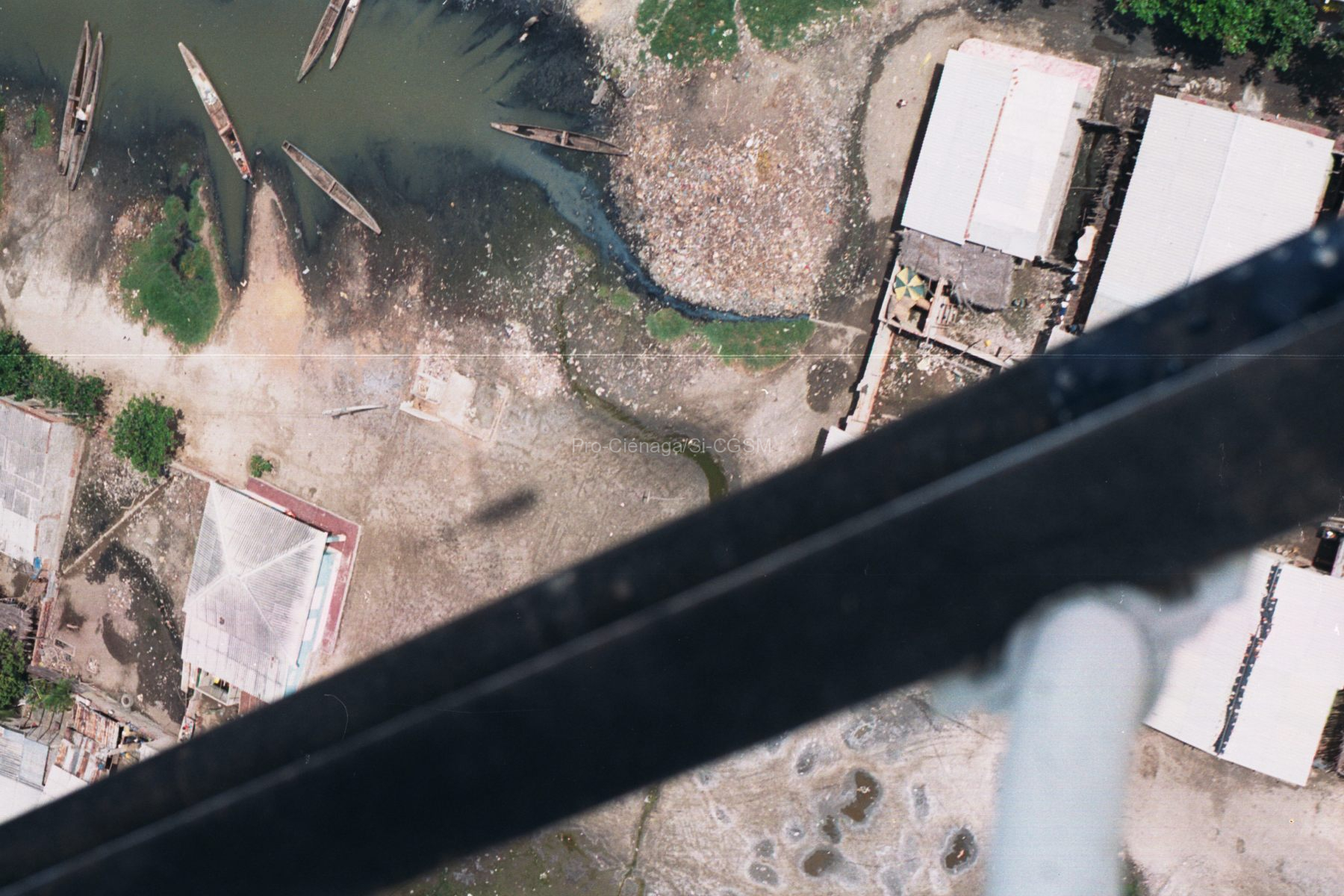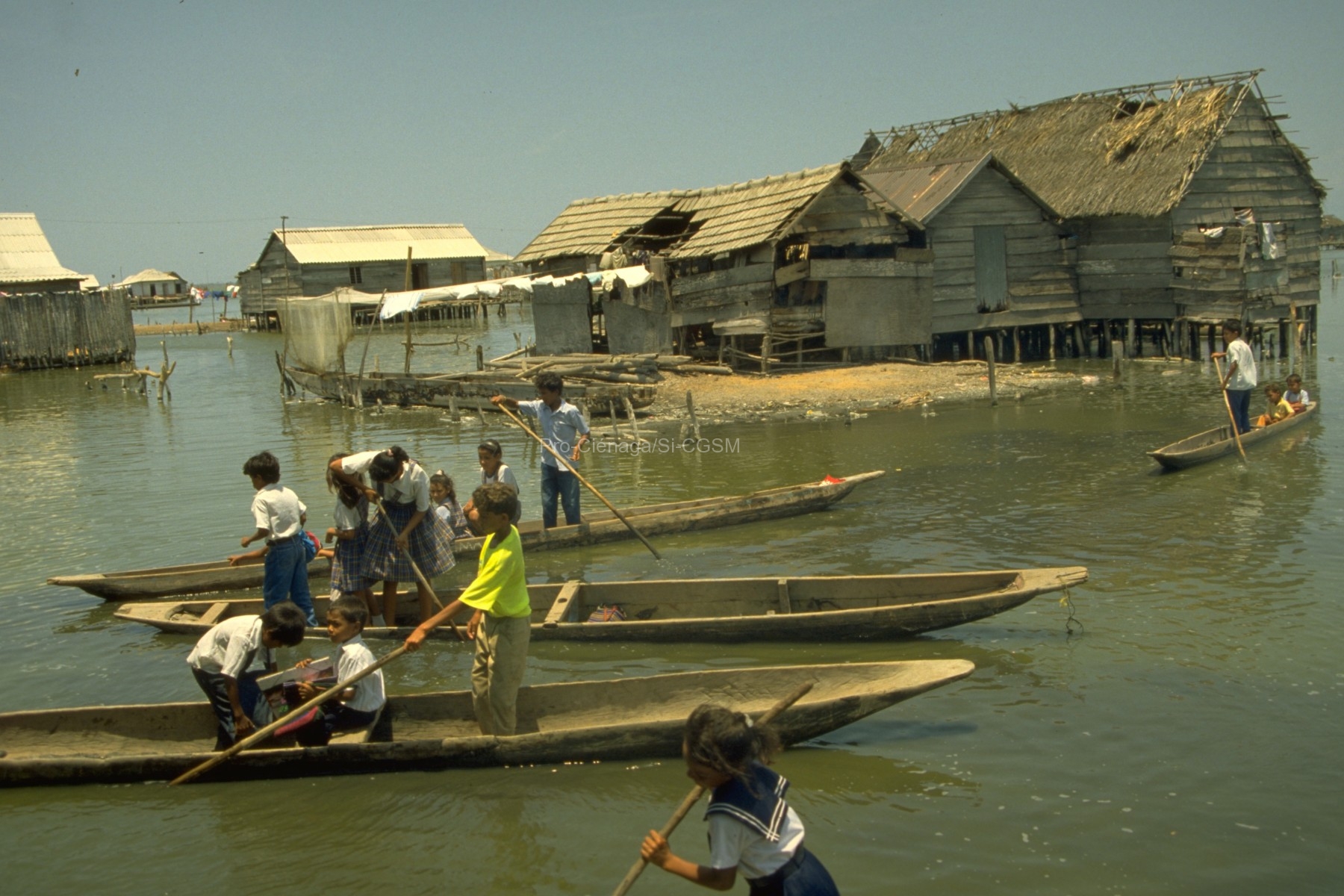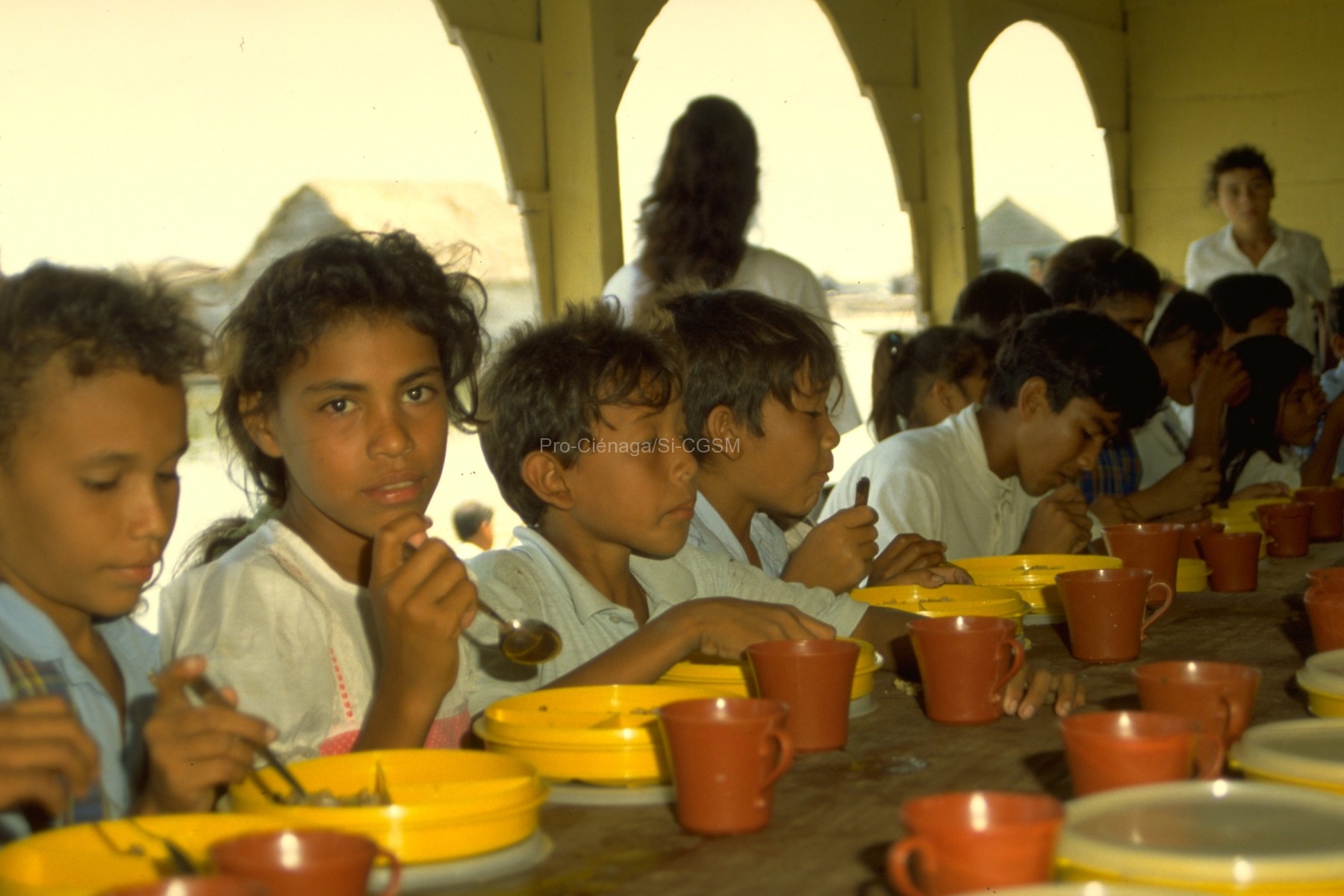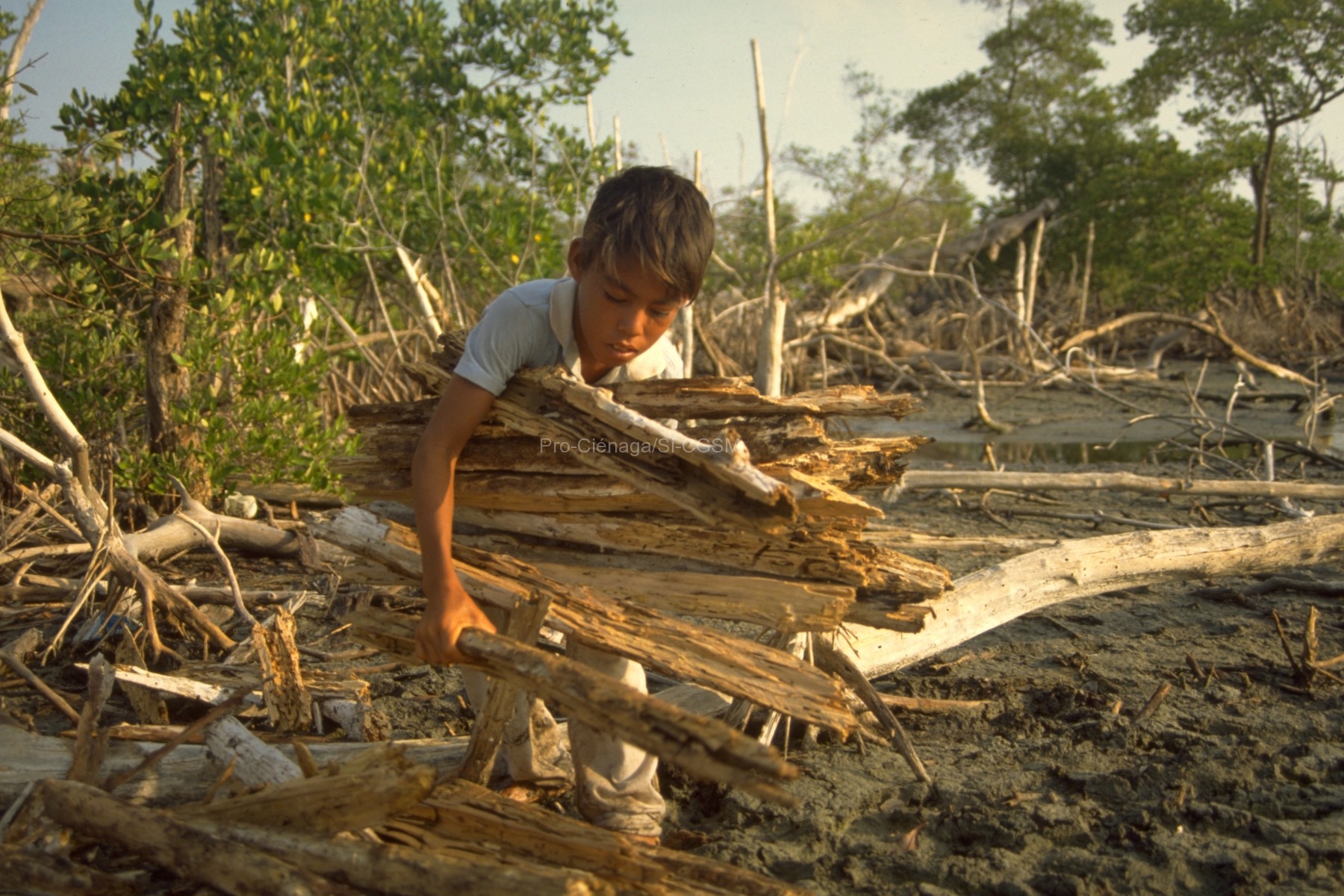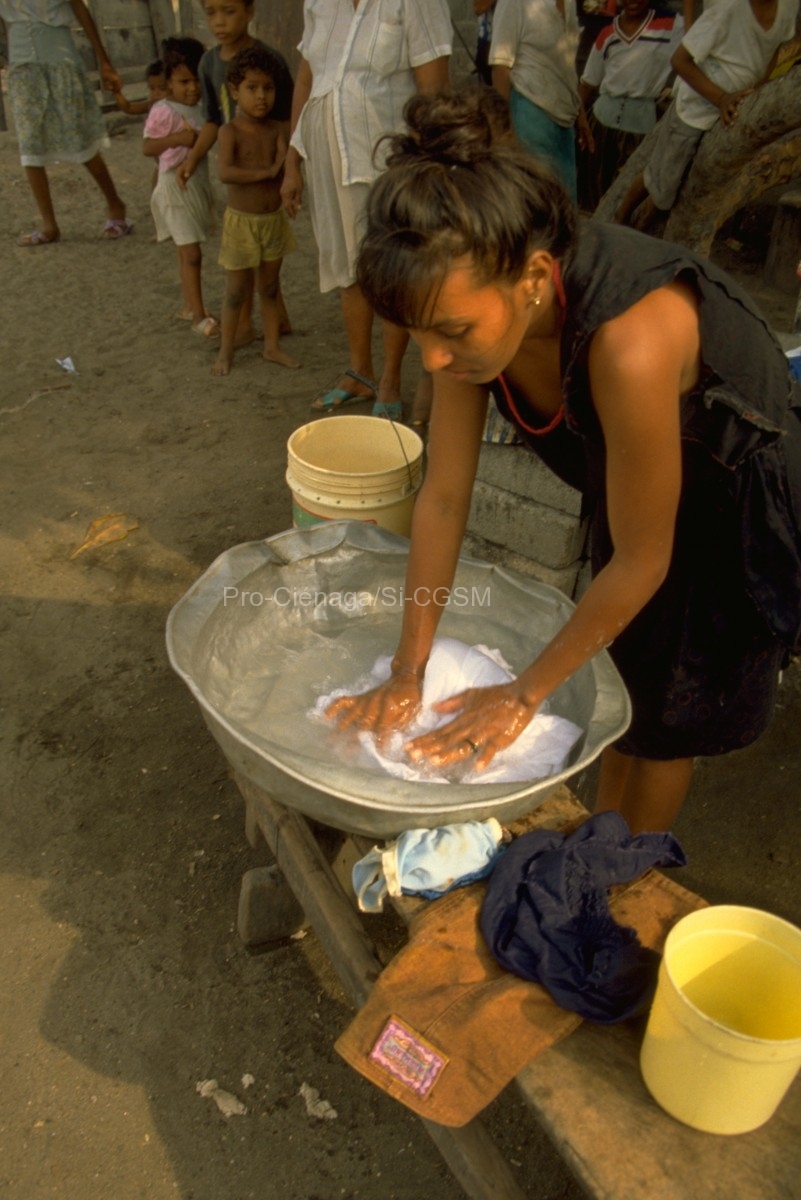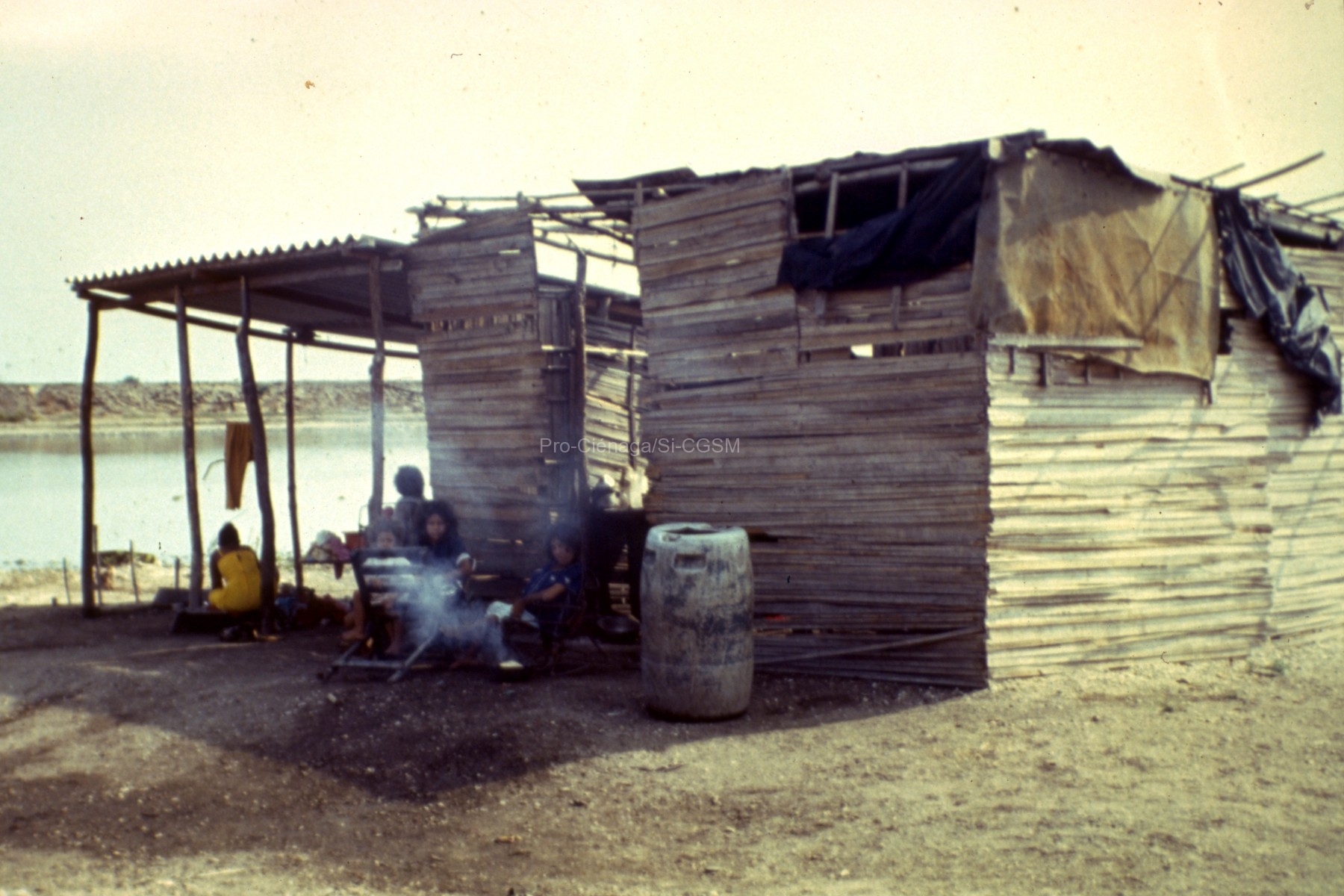INTRODUCTION: Coastal regions receive contaminants from industries and urban centers or via river inputs from the drainage basin, thus coastal ecosystems and their biota are most likely to be affected. The degree of pollution in these systems can be determined by water and/or sediment analysis or by measuring pollution levels in biota; each approach has advantages and shortcomings. The determination of accumulated pollutants in biota offers, apart from low detection levels, interpretations on the bioavailability of contaminant loads. In order to serve as a biological monitor a selected organism should have a high concentration factor, a wide physiological tolerance, be of commercial importance, abundant and of wide distribution in the sampled area (Reish 1976).
The few earlier studies on heavy metal contamination in the Colombian Caribbean largely concentrated
on Cartagena Bay and focused on problems caused by mercury pollution (Camacho 1977; Escobar et al. 1977) and other metals (Pagliardini et al. 1982). The results of their work, and more recent data on metal pollution in Santa Marta Bay and Cienaga Grande of Santa Marta (Campos to be published) justified an investigation into appropriate biological metal monitors for this region.

